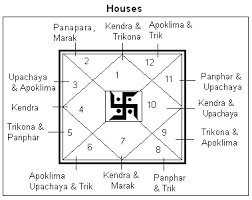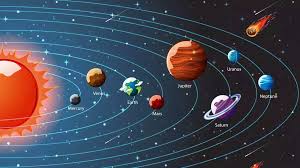The classification of Bhavas (houses) in Vedic astrology is a fascinating way to understand their roles and influences. Here’s a detailed explanation along with a table for clarity:
| Category | Bhavas (House Numbers) | Description |
|---|---|---|
| Trikona | 1, 5, 9 | Known as the trinal houses, they represent Dharma (righteousness), spirituality, and fortune. |
| Kendra | 1, 4, 7, 10 | The angular houses, considered the pillars of the horoscope, signify stability, strength, and fundamental aspects of life. |
| Panaphara | 2, 5, 8, 11 | These houses follow the Kendras and represent growth, wealth, and material gains. |
| Apoklima | 3, 6, 9, 12 | These are the houses of decline, indicating transitions, challenges, and spiritual growth. |
| Upachaya | 3, 6, 10, 11 | Known as the houses of growth, they improve over time and signify effort, ambition, and progress. |
| Apachaya | 1, 2, 4, 5, 7, 8, 9, 12 | These houses are not associated with growth but represent stability and other life aspects. |
| Trishadaya | 3, 6, 11 | Considered malefic houses, they signify challenges, competition, and desires. |
| Trika/Dusthanas | 6, 8, 12 | Known as the houses of suffering, they represent obstacles, losses, and transformations. |
| Chatushtaya | 1, 4, 7, 10 | These are the four foundational houses, similar to Kendras, representing the core aspects of life. |
| Badhakasthana | Depends on Lagna | These are obstructive houses that vary based on the Lagna (Ascendant): – For movable signs: 11th house – For fixed signs: 9th house – For dual signs: 7th house |
Each classification highlights a unique aspect of life, from growth and challenges to stability and spirituality. Let me know if you’d like further elaboration on any of these categories!




